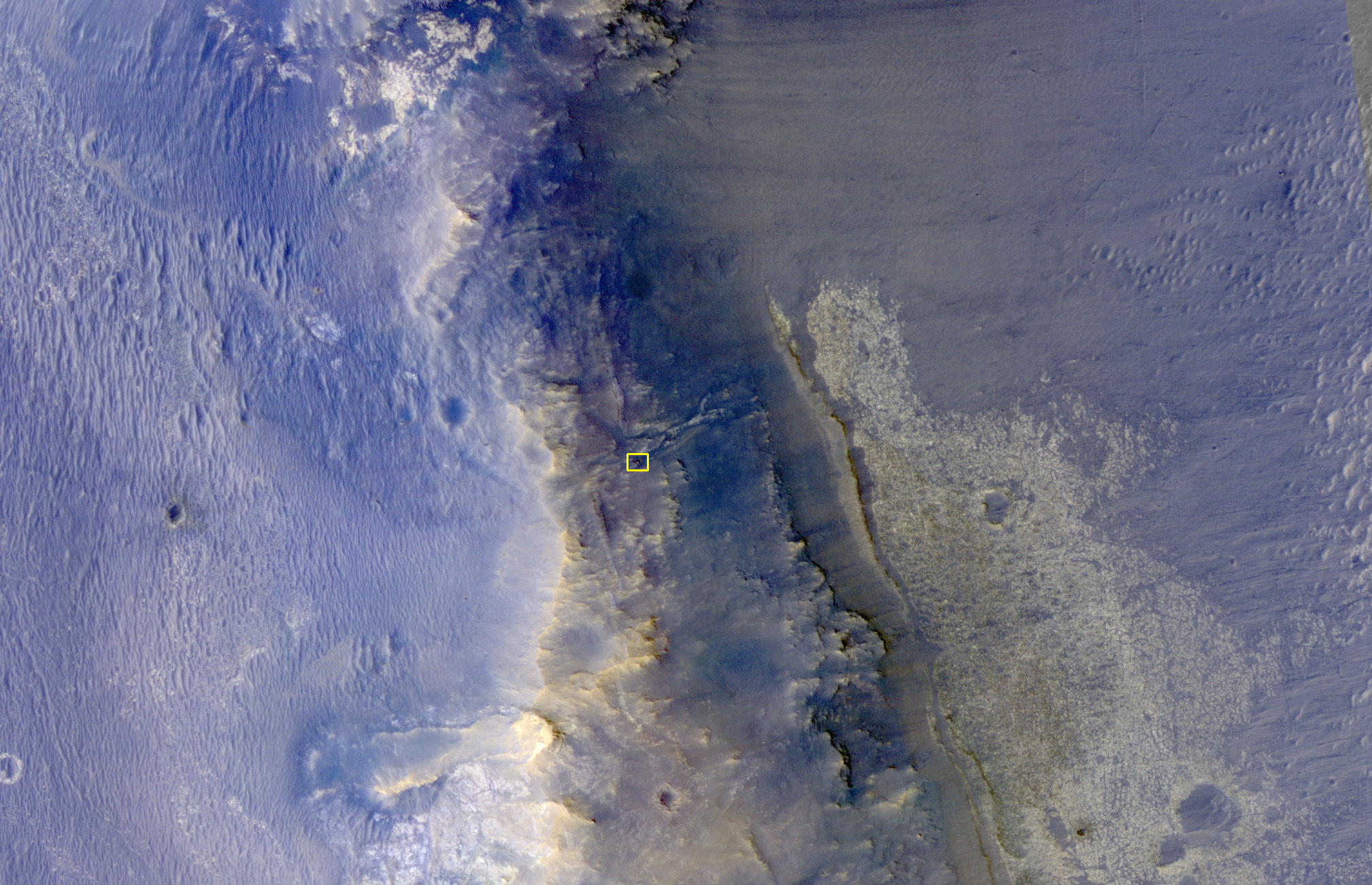

President Ronald Reagan and members of his staff viewing the Challenger explosion from the White House. Temperature on the launch pad that morning was 36 degrees. The O-ring was known to be sensitive to cold and could only work properly above 53 degrees. In Challenger’s case, the O-ring got so cold it hadn’t expanded properly and allowed the leak.

When he pulled it out, it kept its twisted shape, showing its lack of resilience to cold. He twisted a small O-ring in a vice, then dipped it in a glass of ice water. Richard Feynman demonstrated what this meant at a press conference five months later. If exposed to near-freezing temperatures, the O-ring lost its elasticity. It was just one of many known “potentially catastrophic” elements of the space shuttle, sensitive to a number of factors-including extreme cold. The source of the leak, as America soon learned, was traced to a tiny rubber part called an O-ring, which formed the seal between sections of the solid rocket boosters. The two liquids mixed and exploded, destroying the orbiter with it. That flame eventually burned through the shuttle’s external tank, rupturing the liquid-hydrogen tank milliseconds before the right booster crashed into the liquid-oxygen tank. The solid rocket boosters couldn’t be shut down, and there was no abort option while they were firing. Will these billionaire dreamers avoid the mistakes of the past? Whoever participates in the next space wave can learn a lot from Challenger’s ill-fated flight.ĭata on the ground confirmed it was a leak in the booster, but no one could do anything about it. We’re now in a new era where private companies, eyeing Mars, are starting to shift the spaceflight spotlight away from government efforts. Challenger not only taught America a lesson about faulty O-rings and hubris it forever changed our relationship with spaceflight and our tax-funded space agency. More than three decades later, the image of that explosion remains as iconic as Buzz Aldrin standing on the moon. For the first time in its history, NASA had lost a crew on a mission-with the nation watching. And images of the grotesque, Y-shaped explosion dominated the news cycle for days to come. Teachers scrambled to get their kids out to recess. Challenger disappeared as white vapor bloomed from the external tank. (Credit: Bruce Weaver/AP Photo)īut 73 seconds after Challenger’s launch, that dream quickly became a nightmare. The space shuttle Challenger exploded 73 seconds after lift off.


 0 kommentar(er)
0 kommentar(er)
